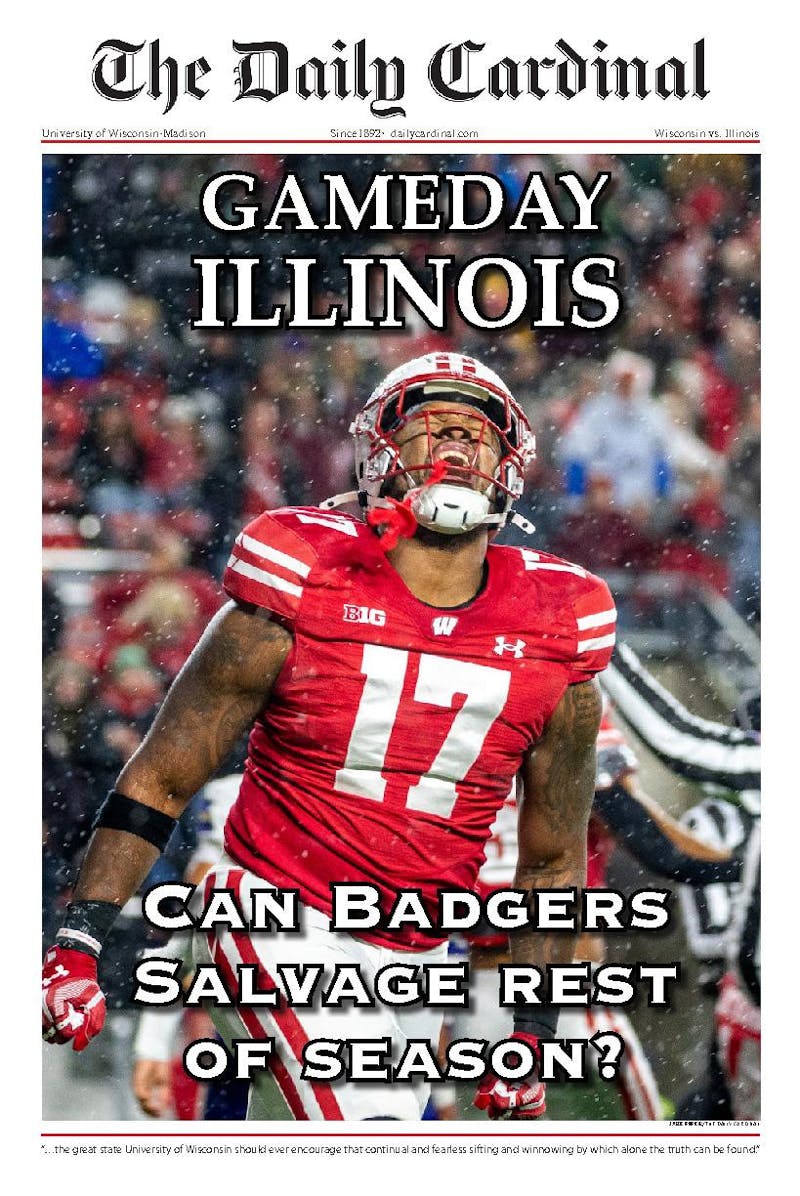There’s no secret that spring is peak birdwatching season due to how many species are breeding. With spring comes the arrival of numerous bird species known as the neotropical migrants — a species that returns back to the continental United States to breed after spending the winter months in Central or South America.
The Midwest is home to a number of stunning species. As spring approaches, here are several species of neotropical migrants, waterfowl, birds of prey and permanent residents to keep your eye out for and what you can do to increase your chances of spotting them.
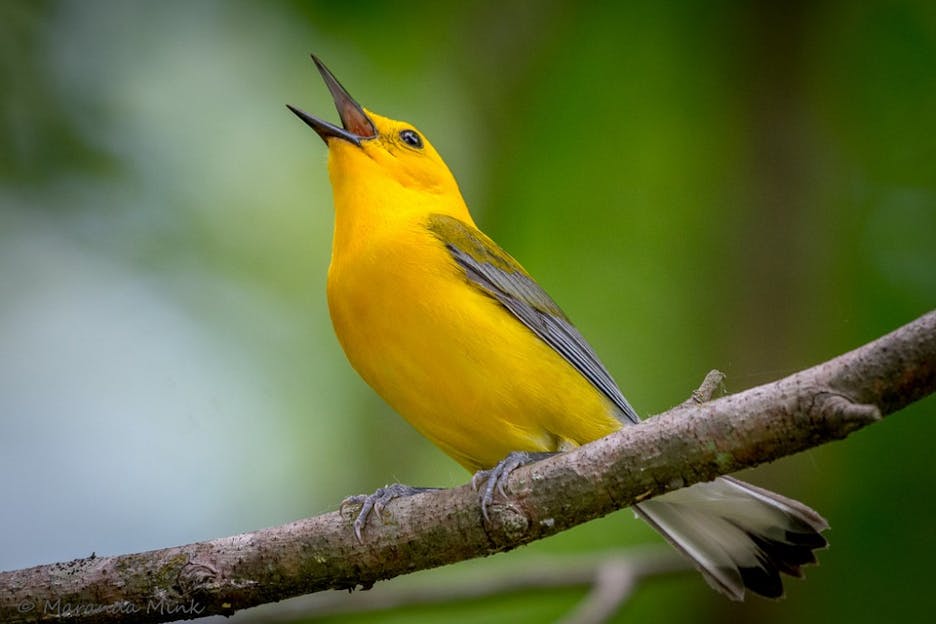
Prothonotary Warbler
Widely recognized as the most beautiful species amongst the New World Warblers, the Prothonotary Warbler is a bright yellow bird that nests along swamps and marshes in wooded areas. Known for its beautiful song, the Prothonotary Warbler feeds on insects and snail larvae and can be found constantly adding improvements to their nests and caring for their young. The name "Prothonotary" originally referred to a group of official scribes in the Catholic church who wore bright yellow hoods, as this bird appears to do. Sadly, this species is in decline and could face further conservation issues in the near future.
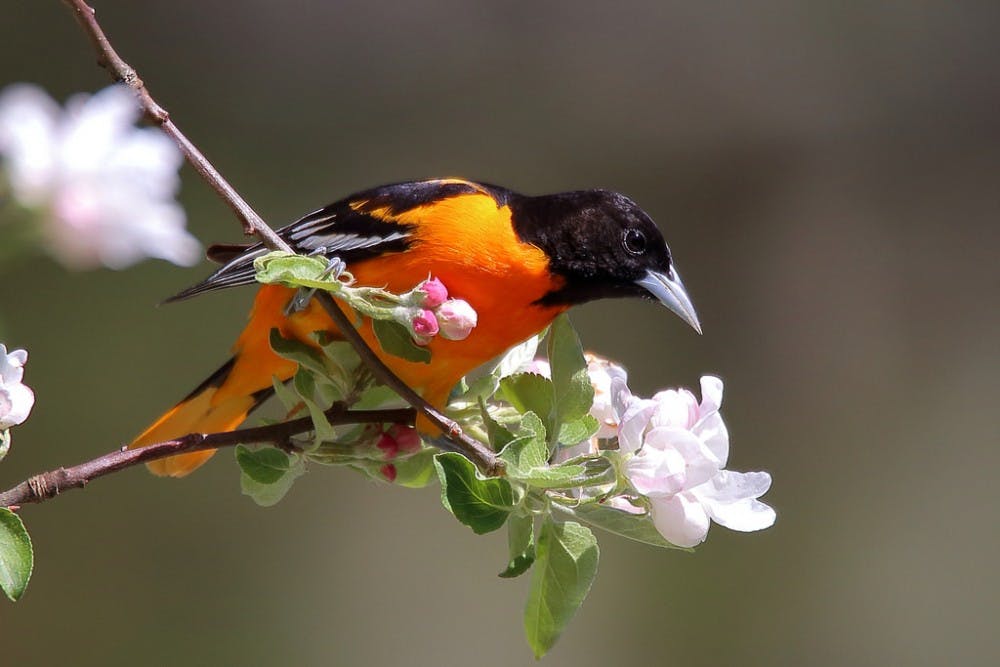
Baltimore Oriole
Colored with a stunning bright orange breast and black and white wings, the Baltimore Oriole is one of the most beautiful birds in the Midwest. Often spotted high above in the treetops and heard by their charming whistles, the Baltimore Oriole can be found in suburbs and forest preserves across the East in widespread numbers. Known for their sweet tooths, Baltimore Orioles love feeding on fruits such as oranges and are known to be attracted to jelly in bird feeders.
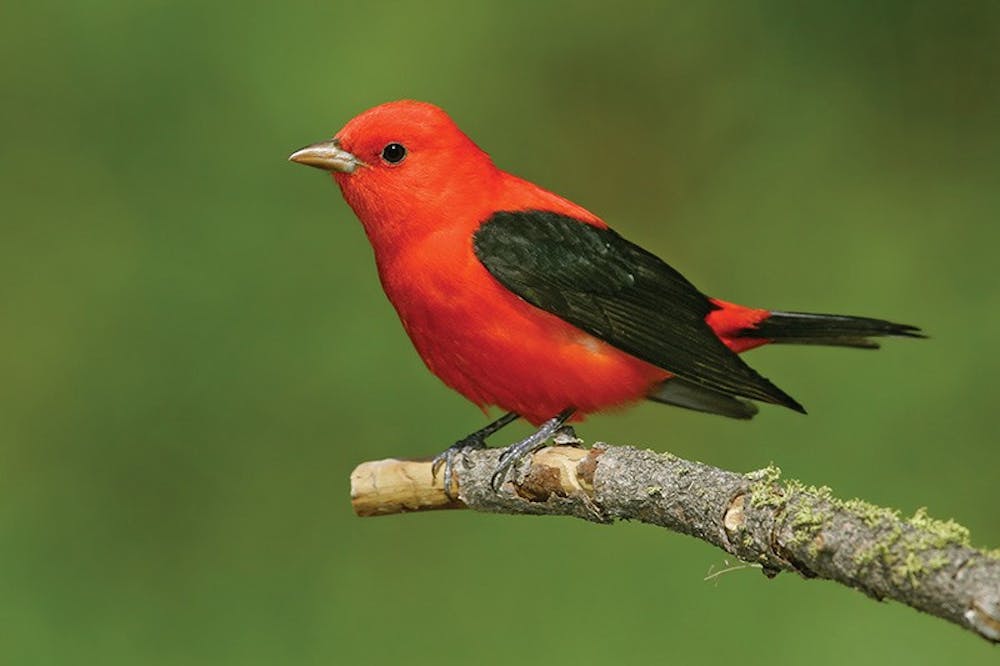
Scarlet Tanager
Decorated in the most beautiful shade of red imaginable, few birds are as striking as the Scarlet Tanager. Easily distinguished from cardinals due to their black wings, Scarlet Tanagers will soon be home from South America to breed with the light green-colored females. Scarlet Tanagers can be found in any type of deciduous forest, yet are most common where there are great numbers of oak trees.
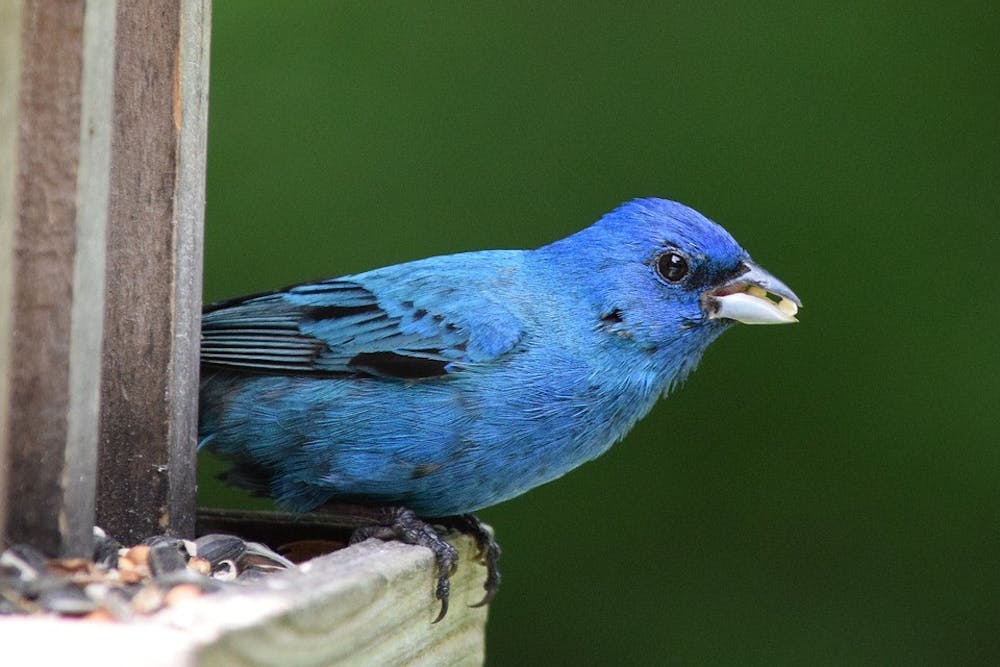
Indigo Bunting
Often mistaken as bluebirds, the Indigo Bunting is a tiny bright blue species found in a variety of low-lying habitats, making them easy to spot. The light brown females may take care of the chicks and eggs on their own, but the males can be found regularly across the Midwest and East. They often feed on small insects and seeds, making them frequent visitors to suburban feeders.
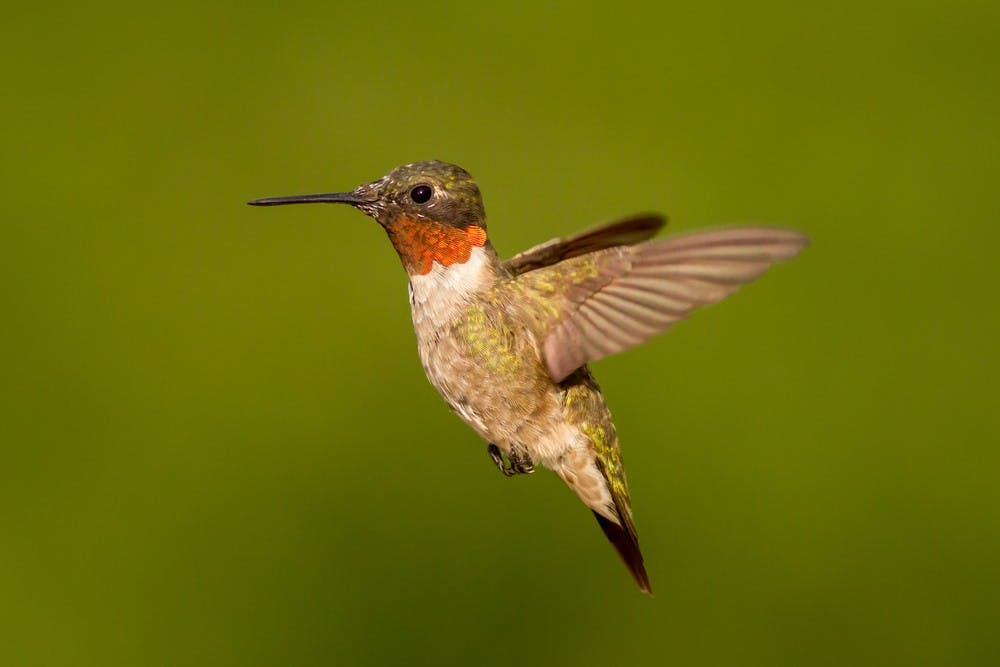
Ruby-throated Hummingbird
The only hummingbird species found east of the Great Plains, this little bird can be found in great numbers in areas with large amounts of pollinating flowers. If your yard is home to many blooming flowers with nectar, chances are you may attract the Ruby-throated Hummingbird. Otherwise, filling a bowl or hummingbird feeder with nectar will easily lead these extremely swift birds to your yard. Hovering in front of a flower to sip nectar, it beats its wings more than 50 times per second, often easily mistaken as large insects at first.
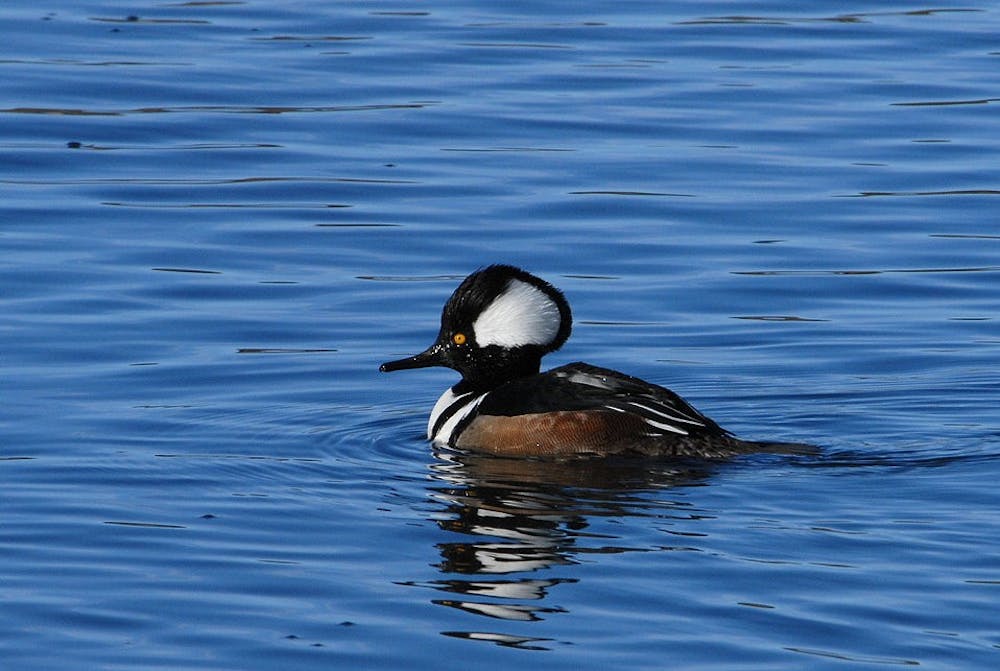
Hooded Merganser
Appearing as if wearing a hat, the Hooded Merganser is one of the most beautiful and striking species of duck in North America. Found in suburban ponds, wooded lakes and rivers, this duck feeds by diving underwater for small fish and crustaceans. The smallest and rarest of the three Merganser species in North American Merganser species, they have sadly lost some of their nesting habitat and are therefore harder to see regularly.
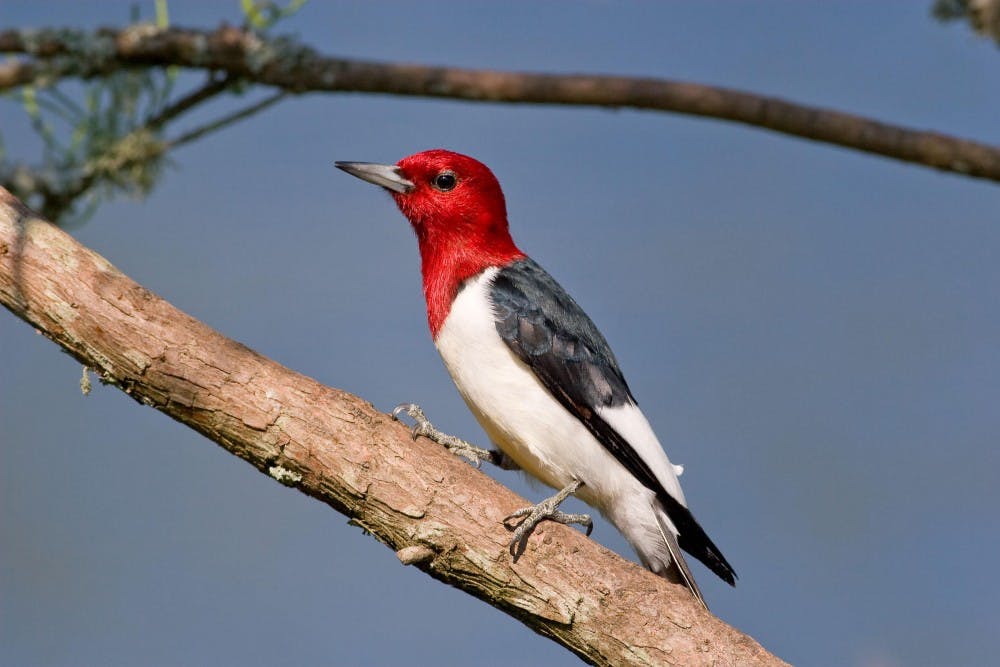
Red-headed Woodpecker
Without question the most beautiful woodpecker species in North America, this permanent resident is easily distinguished due to its bright red head (hence its name) and black-and-white body, a stunning contrast. Found in more rural areas with large forested areas, the Red-headed Woodpecker is sadly in decline due to deforestation. They can be heard in the woods easily due to their loud and rather obnoxious squawking call and have an incredibly loud drum from pecking trees in search of insects.
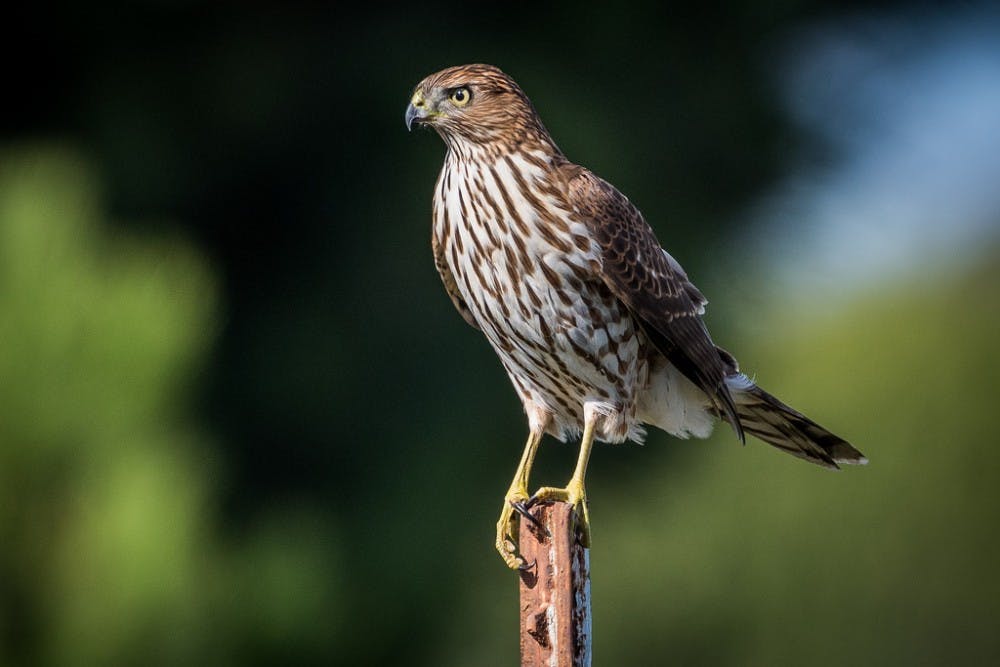
Cooper’s Hawk
One of the most striking birds of prey in North America, the Cooper’s Hawk soars through dense forests with remarkable maneuverability in search of small birds and rodents. While many birds of prey soar open skies high above, the Cooper’s Hawk is more of a woodland species, thus making them more difficult to spot compared to other hawks.
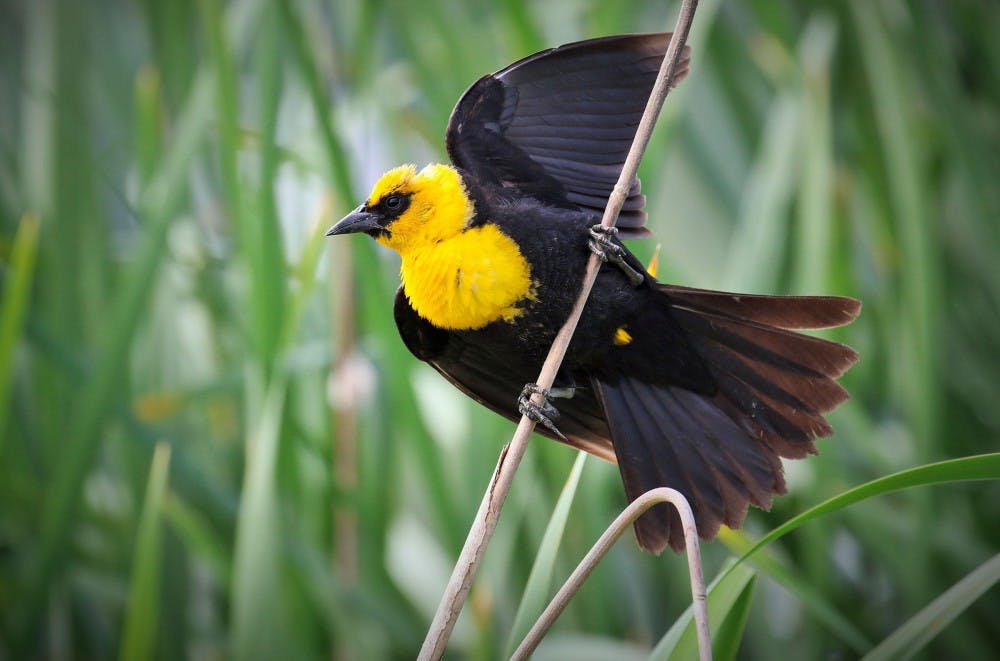
Yellow-headed Blackbird
Found in marshes with tall vegetation like cattails, the Yellow-headed Blackbird is a rarer marsh bird that while a joy to see, is a disaster to hear due to its rough scrapping song. This species can be found in large flocks and often shares habitat with its relative, the Red-winged Blackbird.
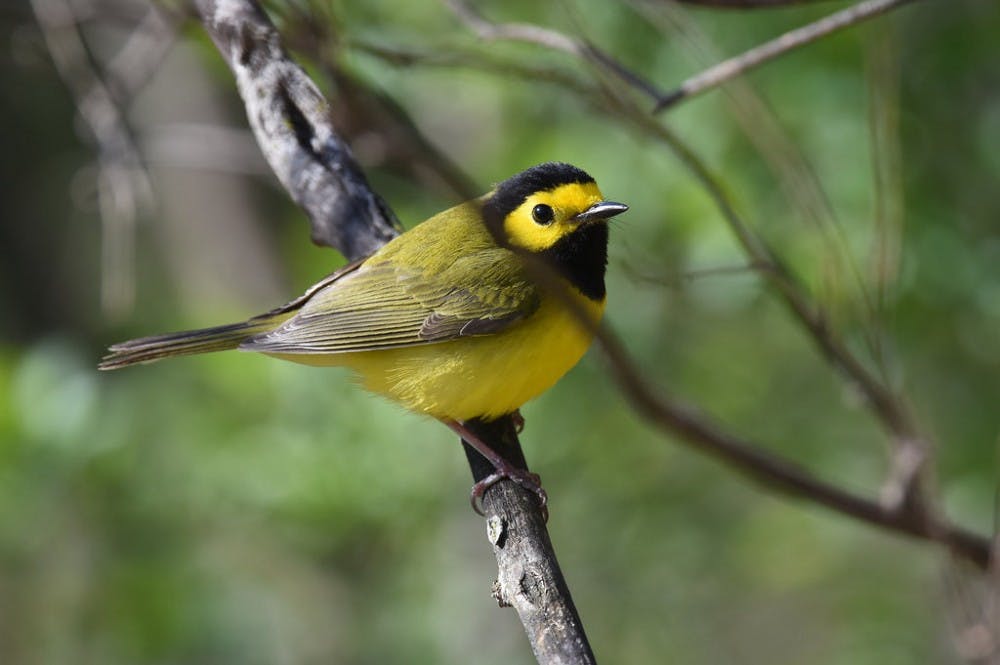
Hooded Warbler
A striking and elusive member of the New World Warbler family, the Hooded Warbler is common throughout the East during the breeding season every spring, yet rarer in the Midwest. Easily distinguished due to its stunning black and yellow coloration, spotting this species results from pure luck and is difficult to attract. The Hooded Warbler is usually found foraging in low-lying vegetation or on the ground, rarely venturing high above in the trees.
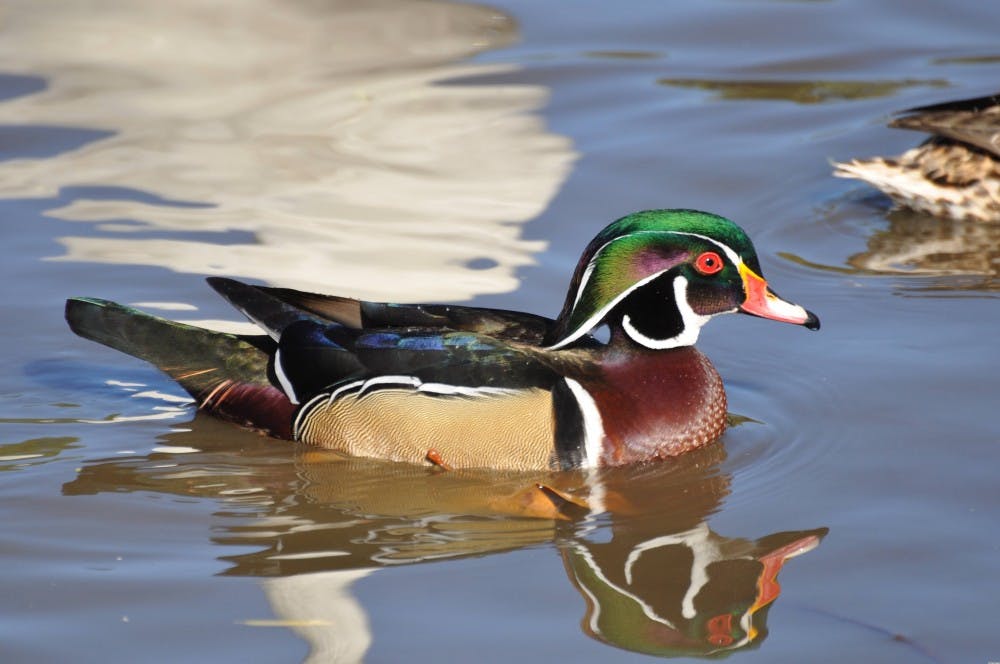
Wood Duck
Appearing as if painted, the Wood Duck is a remarkably gorgeous creature found in great numbers throughout the Midwest and East. This waterfowl species gets its name from its habitat. The Wood Duck is found in wooded swamps and ponds close to forests, where they nest in tree cavities close to shore. Any body of water close to wooded areas is perfect for spotting this gorgeous duck.
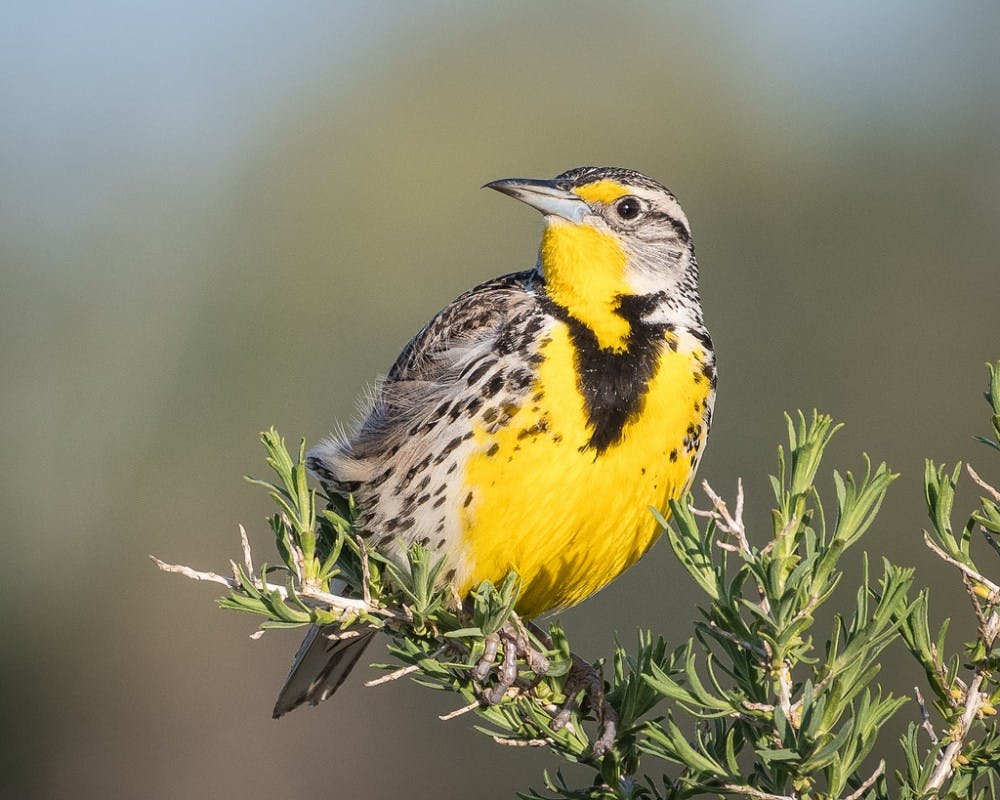
Eastern Meadowlark
A year-round resident in the Midwest and East, the Eastern Meadowlark can be found in its yellow plumage in prairies, savannas, meadows and pastures. This large songbird has a lovely song that is an iconic feature of prairie and savanna habitat.
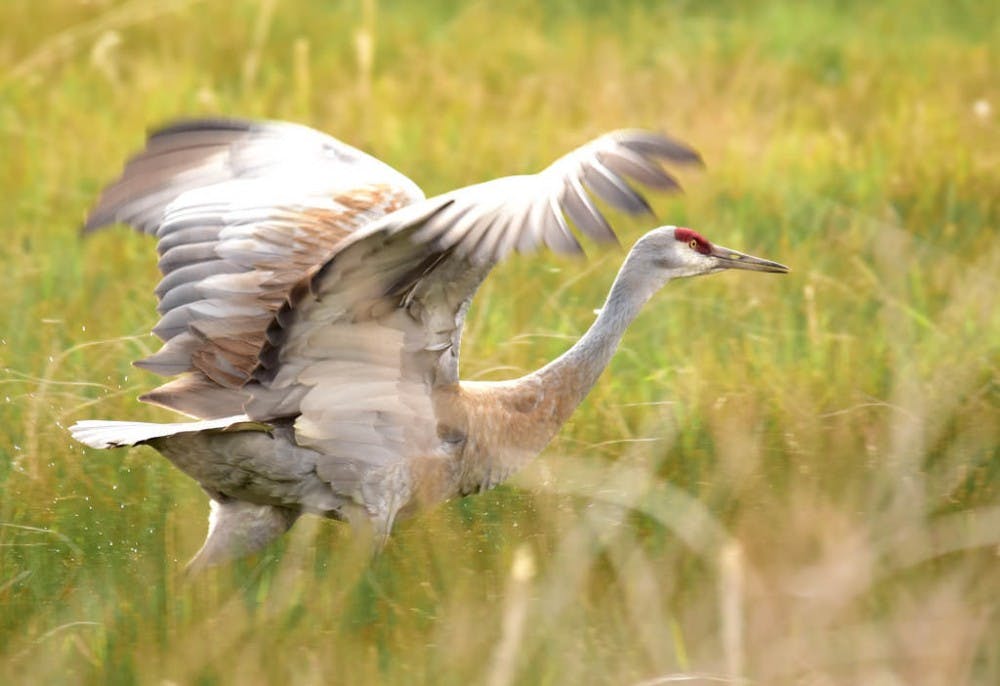
Sandhill Crane
Tall and slender, the Sandhill Crane is an elegant bird with a fearless personality. These birds can be found in large flocks as they migrate or can be spotted in single pairs. Found in a wide variety of habitats, Sandhill Cranes have been known to attack cars when seeing their reflection in suburban areas, and feed in large fields and prairies. This species is easily seen due to their large size and noisy squawk.
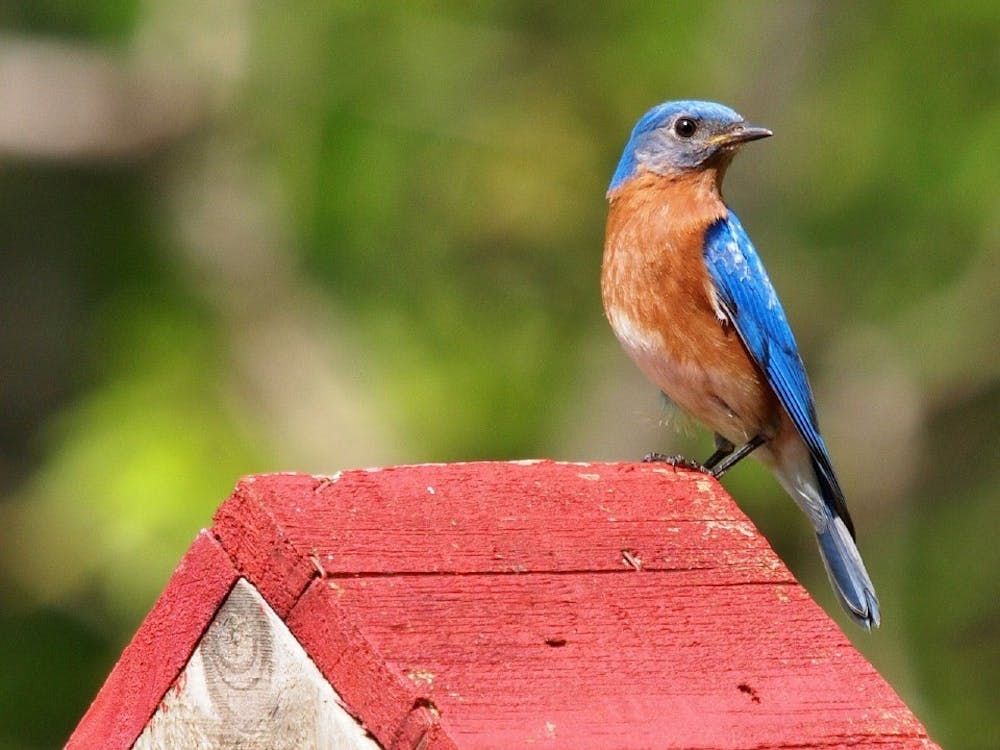
Eastern Bluebird
A common species in prairies and meadows, the Eastern Bluebird is an iconic bird species found in great numbers throughout the Midwest and eastern United States. Spotted frequently nesting in bird houses or low-lying trees, these birds can be identified from their light blue backs and orange breasts, a beautiful coloration that marks the arrival or spring.
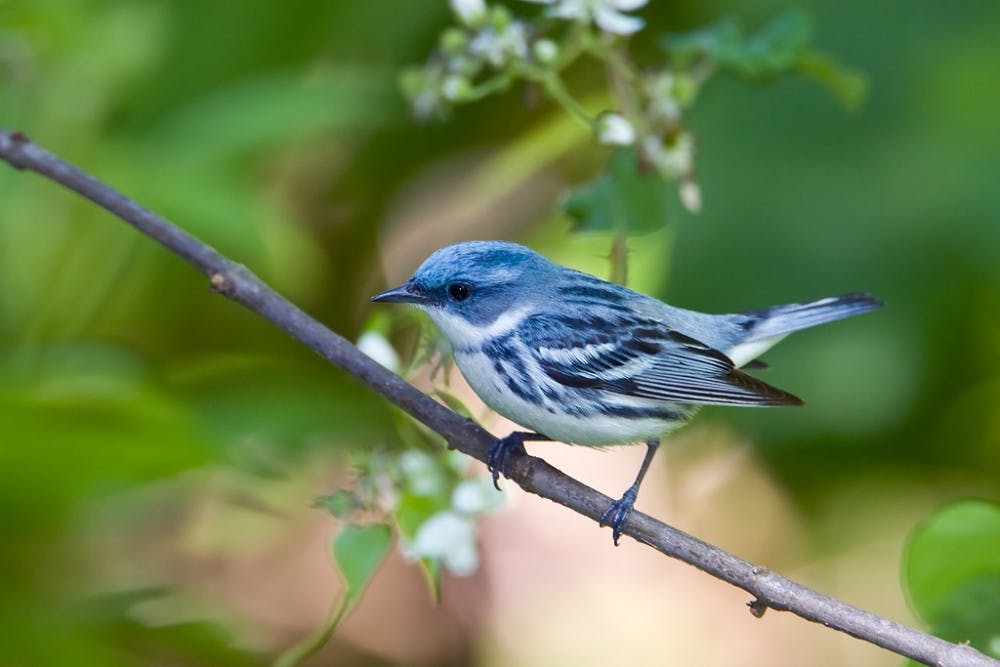
Cerulean Warbler
Titled based on its blue coat, the Cerulean Warbler is a stunning species rarely seen due to its threatened or even possibly endangered conservation status. Not much is known about this species due to its limited population, yet spotting this species is a rare gem amongst birders.
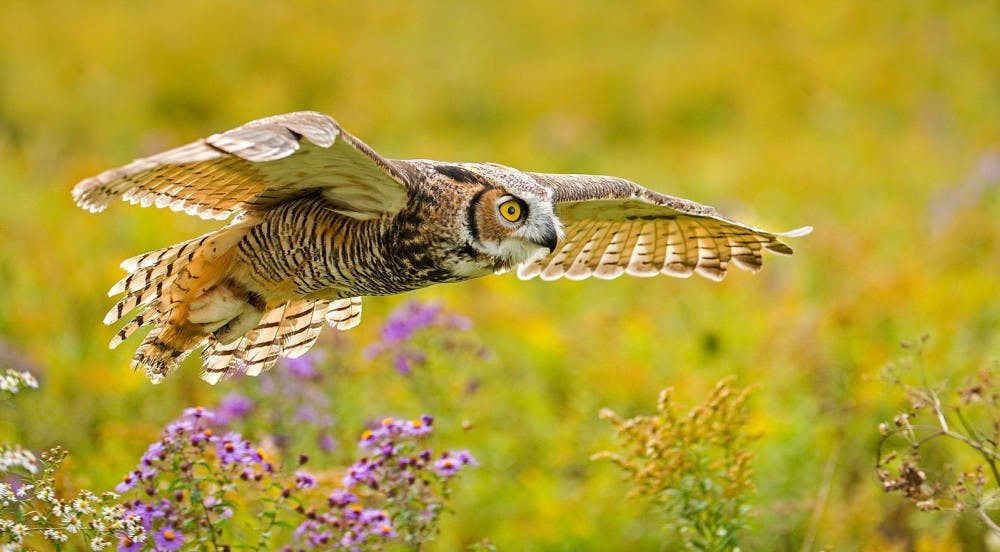
Great-horned Owl
Hunting at night for rodents, the Great-horned Owl is a magnificent bird with tremendous eyesight. As is the case for all owl species, this bird can see extremely well and detect prey proficiently. Found in nearly every habitat across North America, this common species is still difficult to spot due to its sedentary lifestyle during the day and active existence at night.
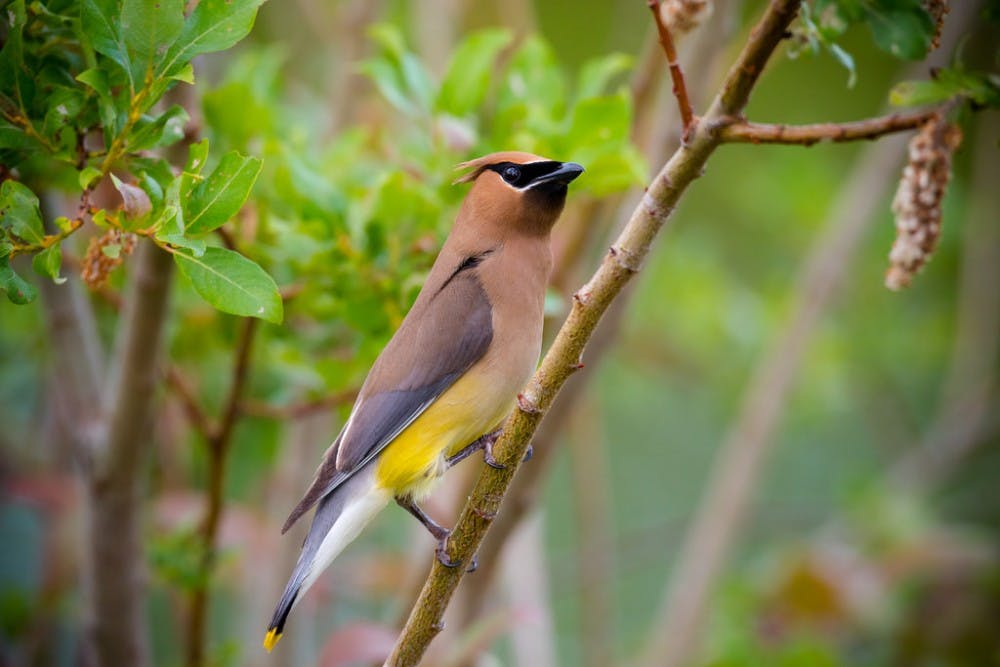
Cedar Waxwing
Despite being light brown, the Cedar Waxwing is a striking bird because it appears to be wearing a mask. Having yellow tails and feeding on berries, this species can be found in flocks eating berries that grow as the weather warms during the spring and summer months.
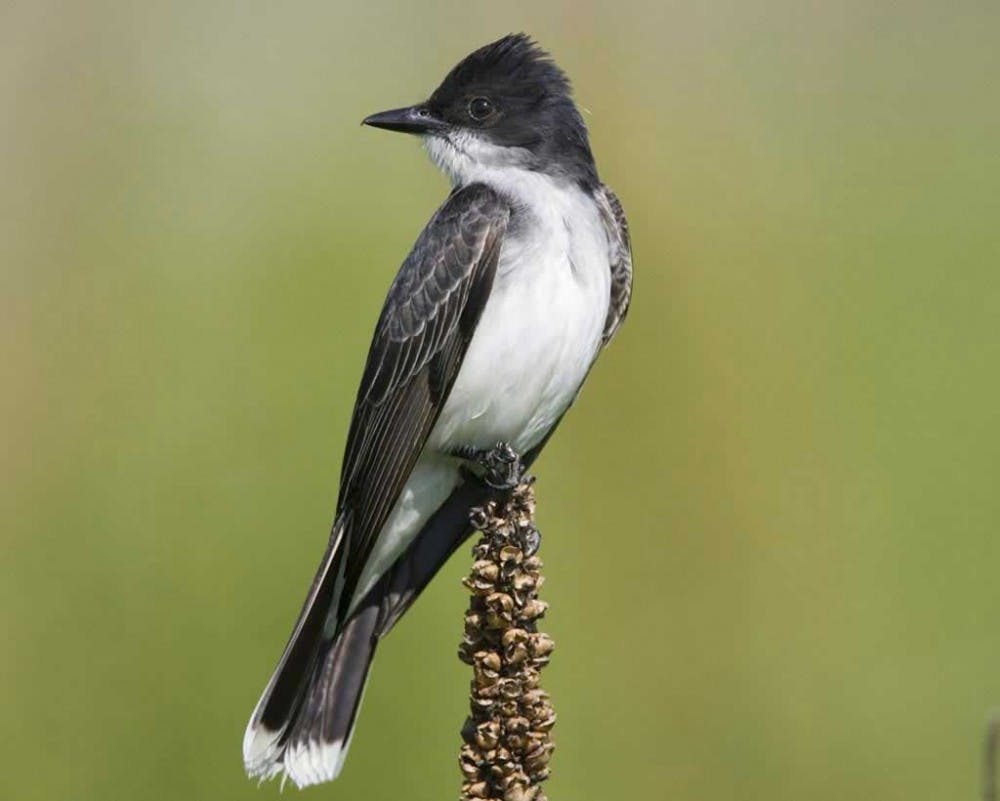
Eastern Kingbird
Silver and black, the Eastern Kingbird is one of the most handsome species to find. A major insect eater, this bird can be found near open lands as they catch insects in midair.
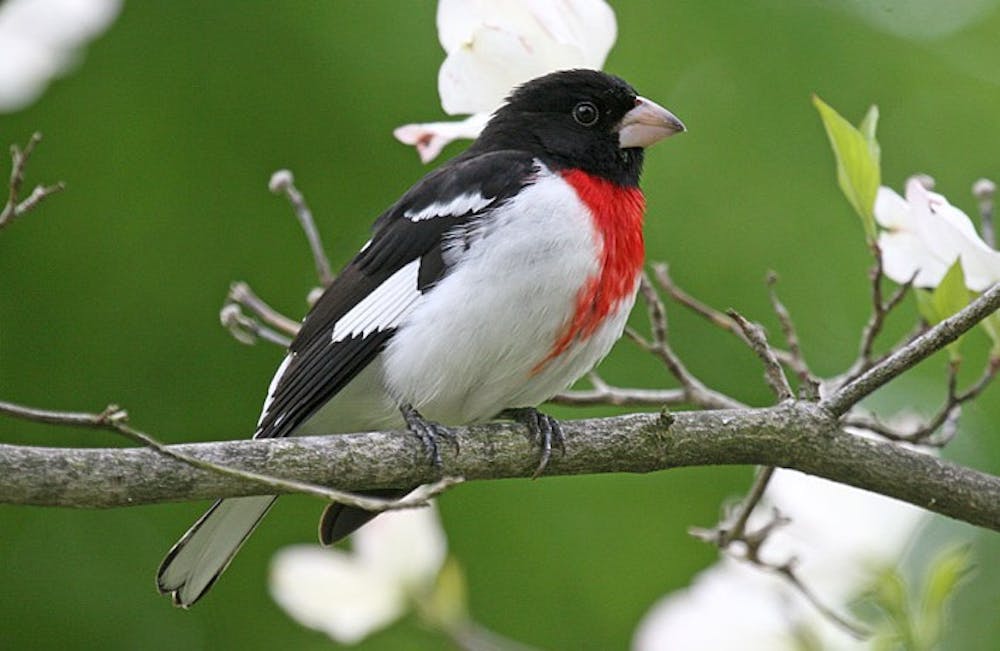
Rose-breasted Grosbeak
A seed-eater with the same colors as the Red-headed Woodpecker, the Rose-breasted Grosbeak may only have a small patch of red on its chest, yet is easy to spot due to its brilliant contrast. These birds usually feed in small groups and can be found in suburban backyards at feeders as well as in forests.
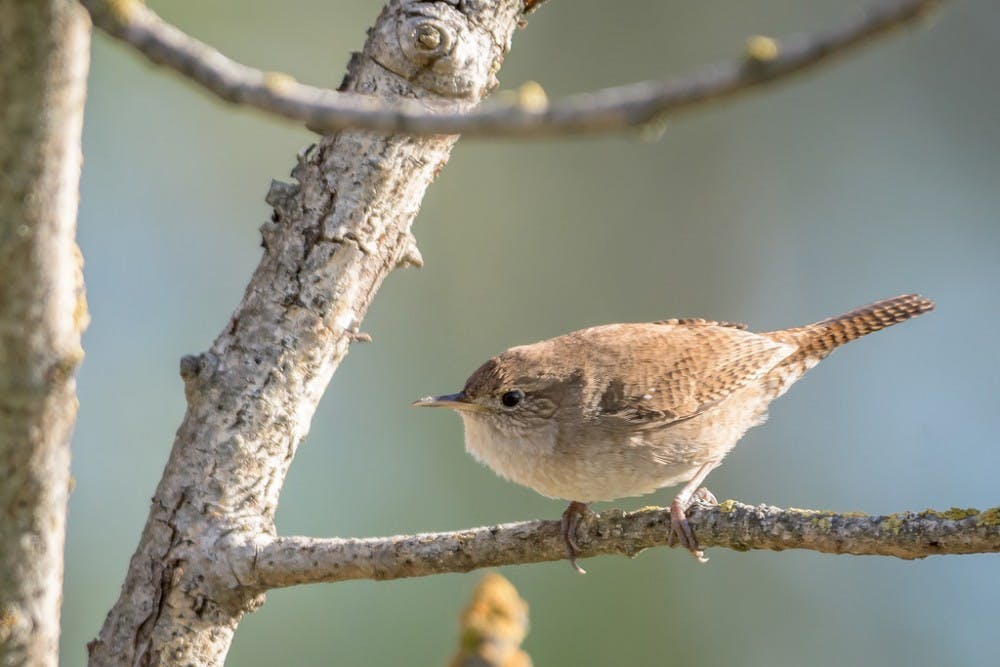
House Wren
While sometimes hard to find due to their brown coloration and petite size, the House Wren can easily be heard due to its loud and beautiful song that is present in nearly every habitat. A tremendous nest-builder, females are constantly on the move to gather small twigs for their nests and catch grubs and insects for their chicks.
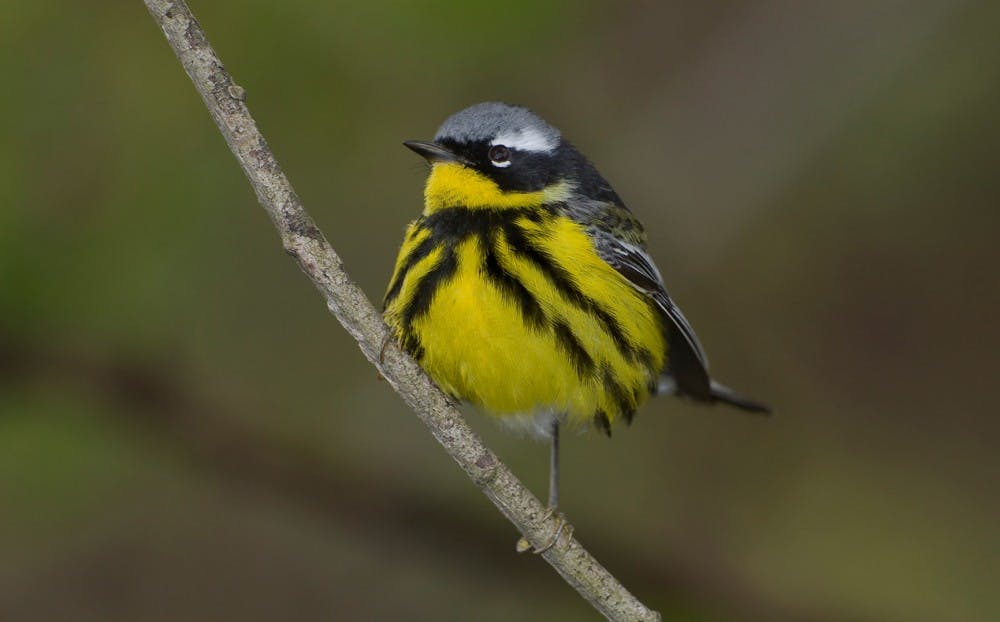
Magnolia Warbler
One of the most common Warbler species, the Magnolia Warbler is a stunning species found in low conifers, making them easier to spot. They feed primarily on insects and won’t be a common sight at bird feeders, but can be consistently spotted due to their active movements during the breeding season.
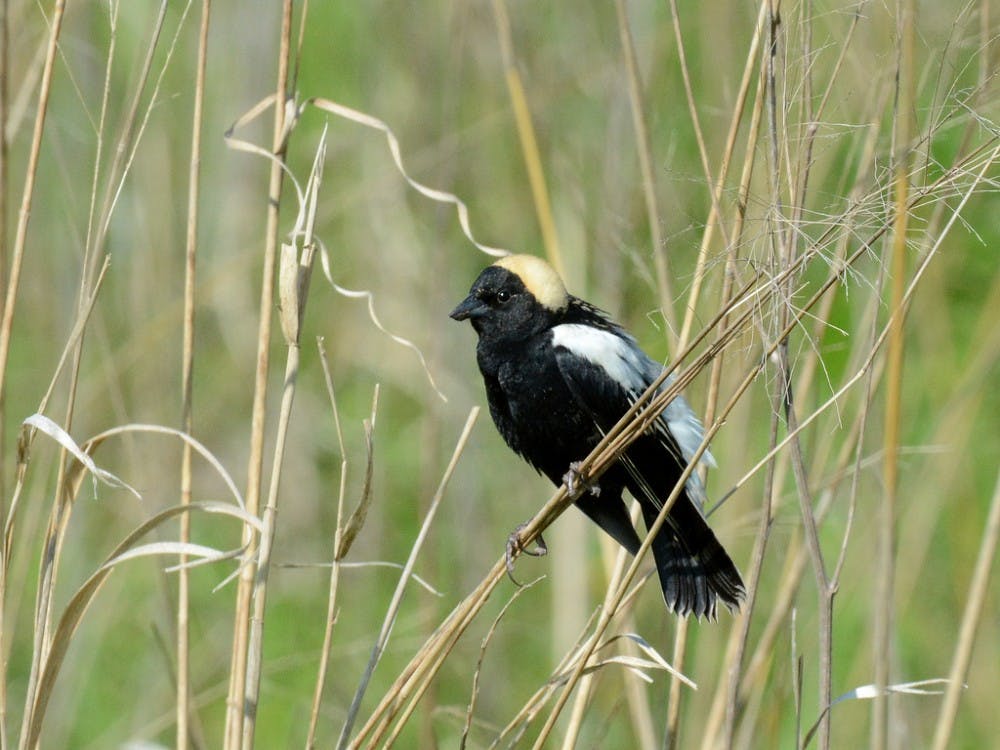
Bobolink
Having arguably the coolest sound of all North American birds that some say sounds like a robot, the Bobolink is a prairie and savanna species that sadly face serious conservation issues due to habitat loss. Males have black with white wings and a cream-colored head, an easily distinguishable coloration from other species like Red-winged Blackbirds and Meadowlarks.
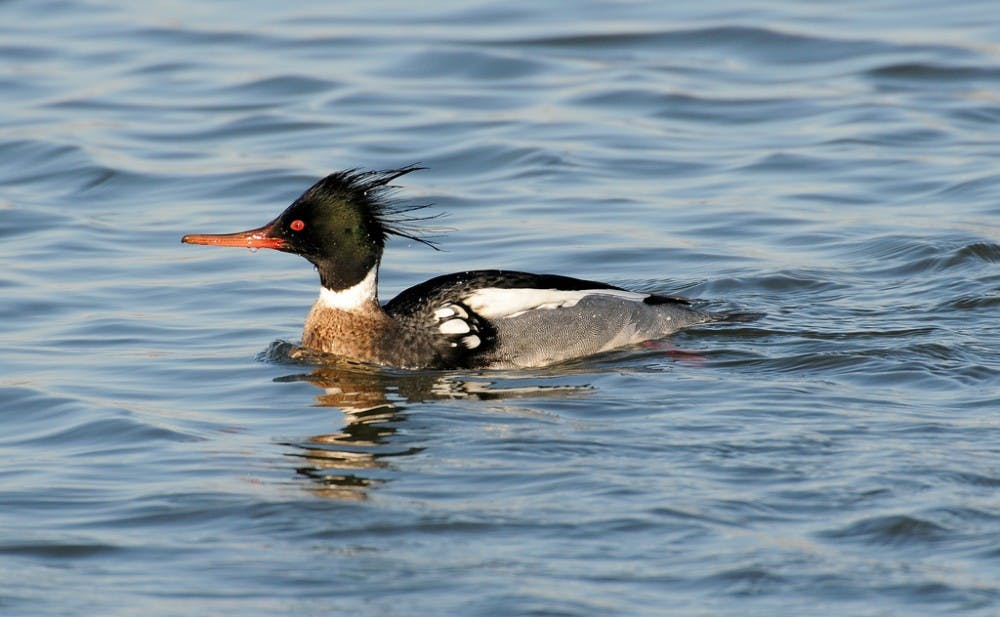
Red-Breasted Merganser
Another member of the Merganser family, this species is identified by its head feathers that resembles a mohawk. With spectacular feather patterns and elegant coloration, the Red-breasted Merganser dives for fish and mollusks like its relative Hooded Merganser in ponds, rivers, lakes and open water, making them somewhat challenging to spot and photograph.
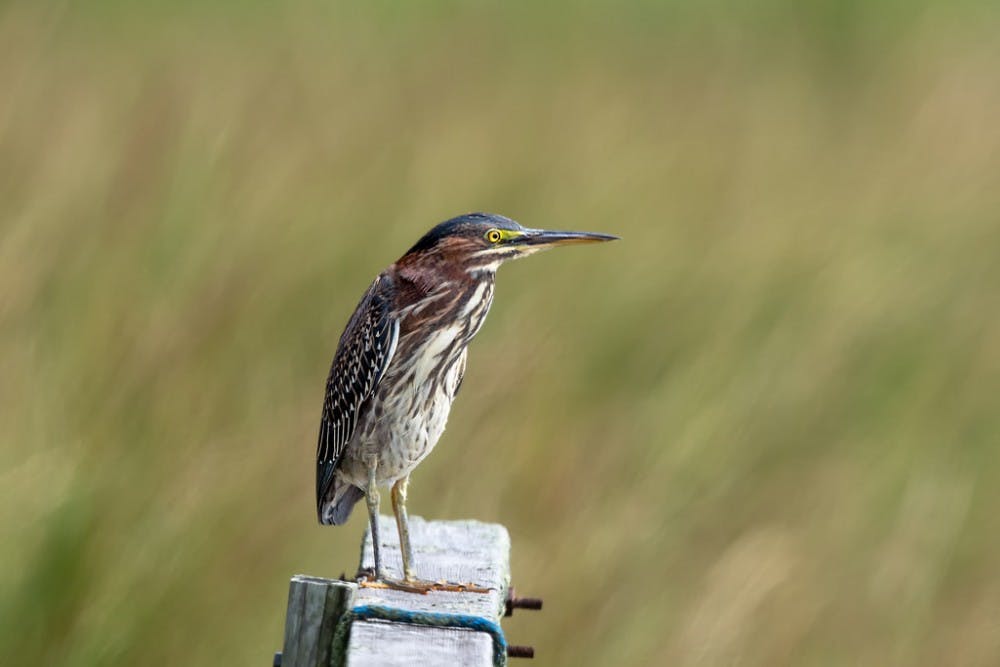
Green Heron
Rarer than its relative the Great Blue Heron, the Green Heron is a smaller water bird that camouflages tremendously in marshes and ponds due to its dark green and brown colors. Feeding on small fish and frogs, the Green Heron patiently stalks its prey and prefers hunting in more covered bodies of water such as marshes and streams.
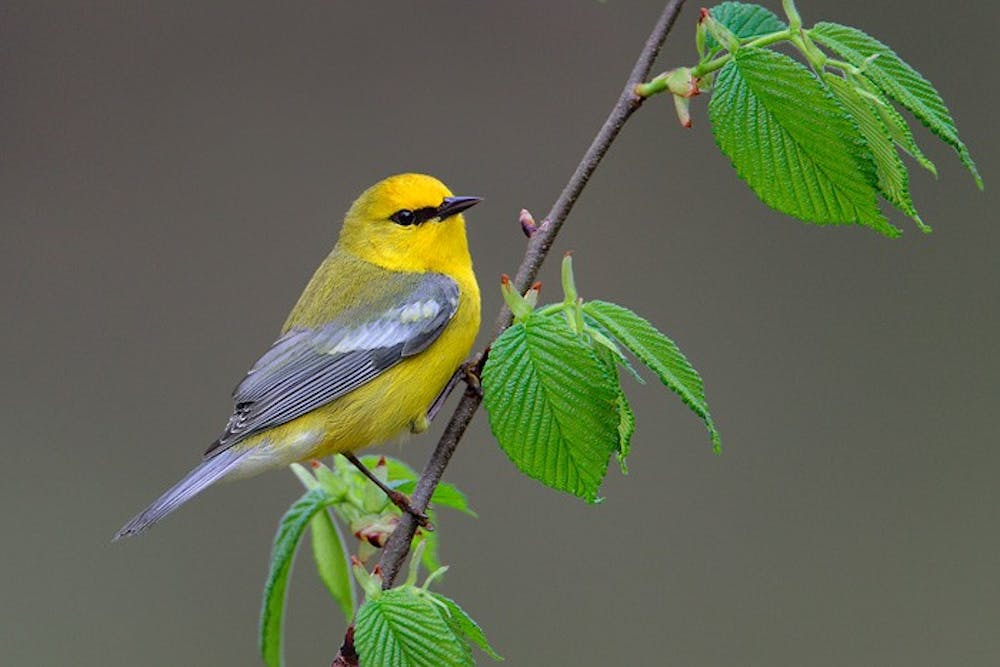
Blue-winged Warbler
One of the most stunning songbirds, this warbler can be found in forests throughout the mid-Atlantic and Midwest in steady numbers, where they hunt for spiders and small insects. While not a shy species, the Blue-winged Warbler is very active and constantly foraging in dense vegetation for food.
All photos courtesy of Wikimedia Commons.





